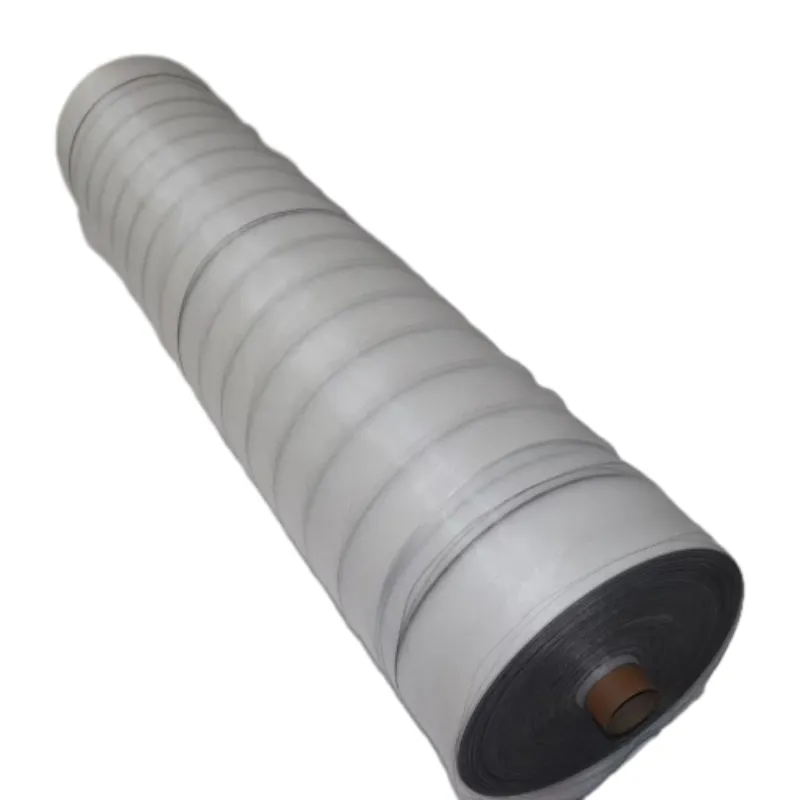-
 Afrikaans
Afrikaans -
 Albanian
Albanian -
 Amharic
Amharic -
 Arabic
Arabic -
 Armenian
Armenian -
 Azerbaijani
Azerbaijani -
 Basque
Basque -
 Belarusian
Belarusian -
 Bengali
Bengali -
 Bosnian
Bosnian -
 Bulgarian
Bulgarian -
 Catalan
Catalan -
 Cebuano
Cebuano -
 China
China -
 Corsican
Corsican -
 Croatian
Croatian -
 Czech
Czech -
 Danish
Danish -
 Dutch
Dutch -
 English
English -
 Esperanto
Esperanto -
 Estonian
Estonian -
 Finnish
Finnish -
 French
French -
 Frisian
Frisian -
 Galician
Galician -
 Georgian
Georgian -
 German
German -
 Greek
Greek -
 Gujarati
Gujarati -
 Haitian Creole
Haitian Creole -
 hausa
hausa -
 hawaiian
hawaiian -
 Hebrew
Hebrew -
 Hindi
Hindi -
 Miao
Miao -
 Hungarian
Hungarian -
 Icelandic
Icelandic -
 igbo
igbo -
 Indonesian
Indonesian -
 irish
irish -
 Italian
Italian -
 Japanese
Japanese -
 Javanese
Javanese -
 Kannada
Kannada -
 kazakh
kazakh -
 Khmer
Khmer -
 Rwandese
Rwandese -
 Korean
Korean -
 Kurdish
Kurdish -
 Kyrgyz
Kyrgyz -
 Lao
Lao -
 Latin
Latin -
 Latvian
Latvian -
 Lithuanian
Lithuanian -
 Luxembourgish
Luxembourgish -
 Macedonian
Macedonian -
 Malgashi
Malgashi -
 Malay
Malay -
 Malayalam
Malayalam -
 Maltese
Maltese -
 Maori
Maori -
 Marathi
Marathi -
 Mongolian
Mongolian -
 Myanmar
Myanmar -
 Nepali
Nepali -
 Norwegian
Norwegian -
 Norwegian
Norwegian -
 Occitan
Occitan -
 Pashto
Pashto -
 Persian
Persian -
 Polish
Polish -
 Portuguese
Portuguese -
 Punjabi
Punjabi -
 Romanian
Romanian -
 Russian
Russian -
 Samoan
Samoan -
 Scottish Gaelic
Scottish Gaelic -
 Serbian
Serbian -
 Sesotho
Sesotho -
 Shona
Shona -
 Sindhi
Sindhi -
 Sinhala
Sinhala -
 Slovak
Slovak -
 Slovenian
Slovenian -
 Somali
Somali -
 Spanish
Spanish -
 Sundanese
Sundanese -
 Swahili
Swahili -
 Swedish
Swedish -
 Tagalog
Tagalog -
 Tajik
Tajik -
 Tamil
Tamil -
 Tatar
Tatar -
 Telugu
Telugu -
 Thai
Thai -
 Turkish
Turkish -
 Turkmen
Turkmen -
 Ukrainian
Ukrainian -
 Urdu
Urdu -
 Uighur
Uighur -
 Uzbek
Uzbek -
 Vietnamese
Vietnamese -
 Welsh
Welsh -
 Bantu
Bantu -
 Yiddish
Yiddish -
 Yoruba
Yoruba -
 Zulu
Zulu
Effective Strategies for Utilizing Agricultural Insect Nets to Protect Crops and Enhance Yields
The Importance of Agricultural Insect Nets in Modern Farming
In the ever-evolving landscape of agriculture, the need for sustainable pest management solutions has become paramount. Among these solutions, agricultural insect nets have emerged as an essential tool for farmers around the globe. These nets not only protect crops from pest infestations but also contribute to higher yields and reduced reliance on chemical pesticides.
Agricultural insect nets are designed to create a physical barrier that prevents insects from accessing crops. Made from lightweight, durable materials, these nets are often fine-meshed, allowing air and sunlight to penetrate while effectively blocking pests. Various types of insects, such as aphids, whiteflies, and beetles, can significantly damage crops if not managed properly. By using insect nets, farmers can significantly reduce the likelihood of infestations, resulting in healthier plants and improved harvests.
One of the primary benefits of agricultural insect nets is their role in integrated pest management (IPM) strategies. Traditionally, farmers have relied heavily on chemical pesticides to combat pests. However, the overuse of these chemicals can lead to environmental degradation, pesticide resistance, and potential health risks for both farmers and consumers. Insect nets provide a non-chemical alternative that minimizes these risks. By creating a protective layer around crops, these nets complement other IPM practices, such as biological control and crop rotation, fostering a more holistic approach to pest management.
agricultural insect net

In addition to pest protection, agricultural insect nets can also contribute to better plant health and growth. By reducing pest access, these nets allow plants to focus their energy on growth rather than on defense mechanisms against insects. This can lead to improved plant vigor, larger fruits, and higher overall yields. Moreover, the microclimate created beneath the nets can help retain moisture and regulate temperature, further enhancing growth conditions.
The use of agricultural insect nets is especially valuable in areas where climate conditions favor pest proliferation. For instance, regions with warm temperatures and high humidity are often breeding grounds for pests. By installing insect nets, farmers in such areas can shield their crops from the detrimental effects of these conditions while also minimizing the need for chemical interventions. This practice not only supports sustainable agriculture but also promotes environmental health and biodiversity.
Furthermore, agricultural insect nets can play a crucial role in the global effort to combat food insecurity. With the world’s population projected to reach nearly 10 billion by 2050, the demand for increased agricultural production is more pressing than ever. By implementing effective pest management solutions like insect nets, farmers can maximize their output and contribute to food availability. Additionally, healthier crops mean better access to nutritious food, which is vital for improving public health.
In conclusion, agricultural insect nets represent a significant advancement in sustainable farming practices. They offer a practical, eco-friendly solution to pest management while promoting plant health and boosting yields. As the agricultural industry continues to face challenges related to climate change, pests, and food security, the adoption of innovative tools like insect nets will be crucial. By prioritizing sustainable pest management strategies, farmers can ensure that they are not only feeding the growing population but also safeguarding the environment for future generations.
-
Shipping Plastic Bags for Every NeedNewsJul.24,2025
-
Safety Netting: Your Shield in ConstructionNewsJul.24,2025
-
Plastic Mesh Netting for Everyday UseNewsJul.24,2025
-
Nylon Netting for Every UseNewsJul.24,2025
-
Mesh Breeder Box for Fish TanksNewsJul.24,2025
-
Expanded Steel Mesh Offers Durable VersatilityNewsJul.24,2025











